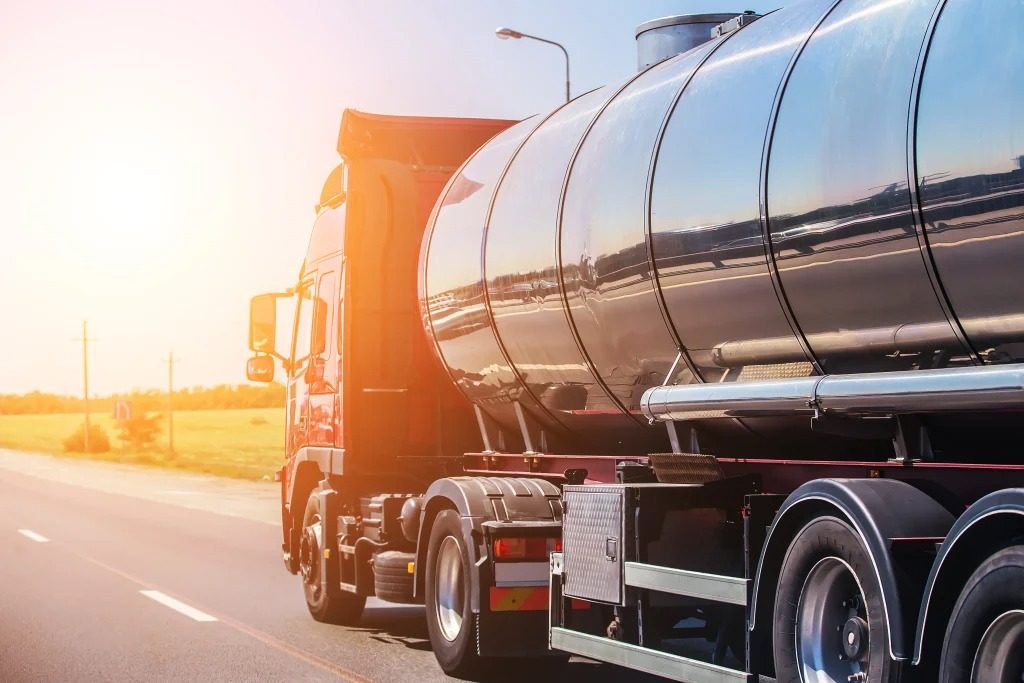Challenges in Modern Tank Transport Logistics

Transporting tanks, whether they are filled with liquids, gases, or dry bulk, is a complex task that requires precision, safety, and adherence to strict regulations. In the modern logistics landscape, these challenges have become more pronounced due to evolving market demands and technological advancements. This article delves into the primary challenges faced in tank transport logistics and how companies can navigate these obstacles effectively.
The Complexity of Tank Transport
Tank transport logistics involves moving large quantities of products across vast distances. This can include anything from chemicals and food products to industrial gases and more. Each type of cargo presents its own set of challenges, and the logistics must be tailored accordingly.
Diverse Cargo Requirements
Different types of cargo have distinct requirements that affect how they are transported. For instance, transporting food-grade liquids demands strict hygiene standards, while chemicals require specialised handling to prevent accidents or contamination.
Regulatory Compliance
One of the most significant challenges in tank transport is adhering to international and local regulations. Regulations can vary widely depending on the country, the type of cargo, and even the route. Ensuring compliance with these regulations is crucial to avoid penalties and ensure the safety of the transported goods.
Technological Advancements and Their Impact
The logistics industry is rapidly evolving with new technologies designed to improve efficiency and safety. However, integrating these technologies into existing operations can be challenging.
Automation and Digitalisation
Automation and digitalisation have the potential to revolutionise tank transport logistics by reducing human error and improving tracking capabilities. However, the initial investment and training required can be a barrier for many companies. Furthermore, there is a need for standardised systems that can seamlessly integrate with existing processes.
Real-Time Tracking and Monitoring
The demand for real-time tracking and monitoring is increasing, driven by customer expectations for transparency and accountability. Implementing these systems requires significant investment in technology and infrastructure, as well as training for personnel.
Overcoming Infrastructure Challenges
Infrastructure plays a significant role in the efficiency of tank transport logistics. Poor infrastructure can lead to delays, increased costs, and safety hazards.
Road and Port Conditions
The condition of roads and ports can greatly affect transport efficiency. Poor road conditions lead to longer travel times and increased wear and tear on vehicles, while congested ports can cause significant delays in shipping schedules.
Investments in Infrastructure
To overcome these challenges, there is a need for significant investments in infrastructure. This includes improving road quality, expanding port capacities, and developing specialised facilities for handling tanks.
Addressing Safety Concerns
Safety is a top priority in tank transport logistics due to the potential risks associated with transporting hazardous materials.
Training and Certification
Ensuring that all personnel involved in tank transport are properly trained and certified is crucial. This includes drivers, handlers, and cleaning staff. Regular training updates and certifications help maintain high safety standards.
Emergency Response Preparedness
Having a robust emergency response plan is essential for mitigating risks associated with accidents or spills. This includes regular drills, clear communication protocols, and readily available emergency equipment.
The Future of Tank Transport Logistics
As the logistics industry continues to evolve, tank transport will face new challenges and opportunities.
Embracing technological advancements, improving infrastructure, and prioritising safety and compliance will be key to success in this dynamic field.
Innovation and Sustainability
Innovation will play a crucial role in overcoming current challenges and driving future growth. This includes developing more efficient transport solutions, adopting sustainable practices, and leveraging data analytics to optimise operations.
Collaboration Across the Supply Chain
Collaboration between different stakeholders in the supply chain, including transport companies, cleaning services like Rainbow Transport Tank Cleaners, and regulatory bodies, will be essential for addressing the complex challenges in tank transport logistics.
Conclusion
Navigating the challenges of modern tank transport logistics requires a multifaceted approach that addresses regulatory compliance, technological integration, infrastructure improvement, and safety considerations.
By leveraging the expertise of professional services like Rainbow Transport Tank Cleaners and investing in innovation and collaboration, companies can enhance their operations and ensure the safe and efficient transport of goods.

